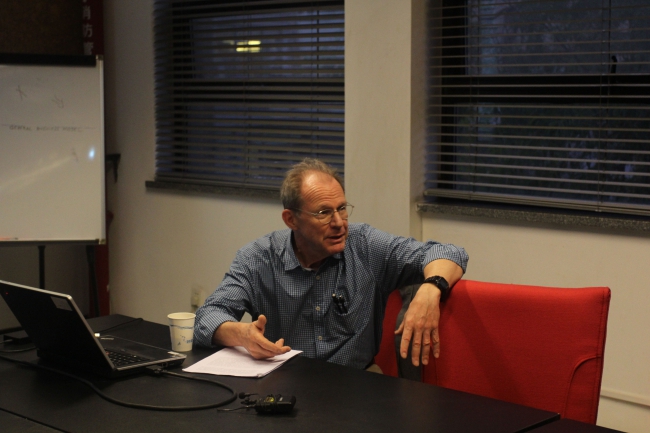Peter Debrine
UNESCO World Heritage Center and Sustainable Tourism Senior Project Director
Professor Peter Debrine, through a series of examples, illustrates the development of cultural heritage based on outstanding universal values. He not only emphasizes the maintenance of cultural heritage, but also the development, in heritage tourism, of public awareness. Especially when it comes to the development of the heritage industry, it is necessary to consider three factors: local residents, tourist developers, and tourists. Only then can we successfully protect and promote outstanding universal value through various methods, including education and publicity. These channels serve to encourage the participation of locals, the participation of the tourism industry in highlighting the outstanding universal values of cultural heritage, and the development of corresponding tourism products. In addition, these methods will allow visitors to gain a better sense of the unique charm of cultural heritage sites. In general, heritage conservation, tourism development, and visitor management require effective cooperation and coordination between the tourism sector and all stakeholders.
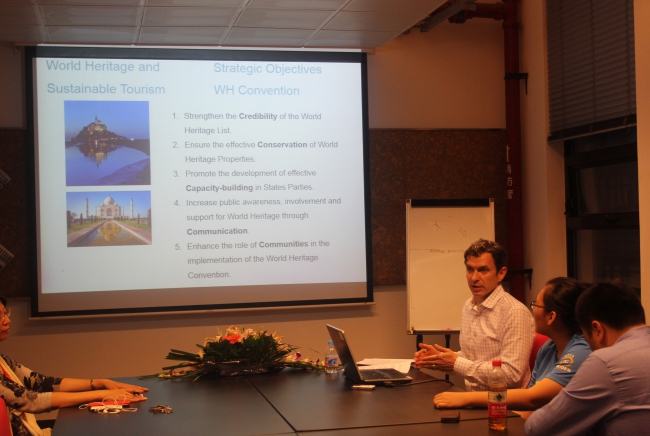
Professor Peter Debrine describes the role of residents of Vigan, an ancient city and cultural heritage site in the Philippines. Vigan’s ancient buildings are some of the Philippine’s most popular tourist attractions. In order to both preserve the authenticity and integrity of these old houses and comply with the living needs of its residents, Vigan has taken various measures: it has converted as many of these buildings as possible into hotels, restricted transportation to carriages (even though its narrow streets are well preserved), and provided many employment opportunities for its residents. Next, Professor Debrine uses Amsterdam’s canal cruises as another example. Amsterdam has shown, in a multitude of ways, that the development of tourism products can highlight a city’s outstanding universal value and increase recreational opportunities. Visitors can take a cruise or a water bus tour of the canal. In addition to a panoramic view of Amsterdam’s main attractions, visitors are also afforded a chance to learn about local customs. They can visit canal museums and learn about Amsterdam’s history through architectural observation and interactive multimedia exhibitions. Professor Debrine believes that such protective tourism development strategies can also be applied to the Dunhuang Mogao caves. The caves face many threats and risks– however, these risks and threats can be addressed by limiting the number of tourists, limiting tourists to groups, and developing alternative ways for tourists to experience the caves. Protection is also given highest priority in the case of Mont Saint-Michel, a city located on the west coast of France. The city contains no parking lots and roads, so the base of its mountain is only accessible by foot, public transport. Visitors can also enjoy touring the city by foot or by water, observing the area’s seabirds and tides, which can also make for a rewarding and moving experience. In France, Versailles’ tourism industry also places highest priority on tourist experience. Tourists are provided with two tour methods– sightseeing cars and bicycles– and a variety of services, including history explanations and stage plays. Another tourist site is the Wadden Sea, a completely unspoiled nature reserve. It does not rely on man-made construction, instead allowing visitors to discover and experience its unique natural beauty for themselves. For example, visitors may walk along the seabed and appreciate the beauty of its muddy beaches; they may enjoy the tide and find seabirds and seals on the pristine sand of a beach after low tide; or they may find iconic wild animals of various classes, including fish, birds and shellfish, similar to finding the five large animals of Africa.
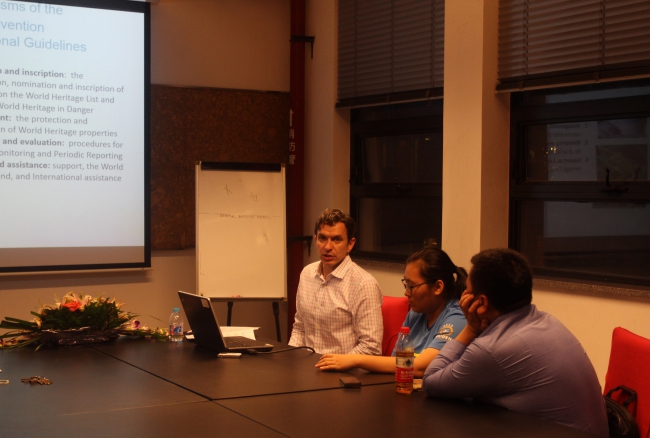
Heritage tourism has both social and economic benefits. Especially for underdeveloped and developing countries, heritage tourism has become an important contributor to economic development. However, in order to continue developing in a way that is sustainable, these countries must protect the resources they so rely on. In fact, the negative effects of poor resource management and unrestricted development can result in significant losses; this is because the improper and excessive use of resources will ultimately make tourist sites less attractive and competitive. Therefore, we must synthesize a new development path based on conservation and cooperation amongst stakeholders, coordinating the relationship between the tourism industry and heritage management, in order to achieve the dual objectives of conservation and sustainable development.
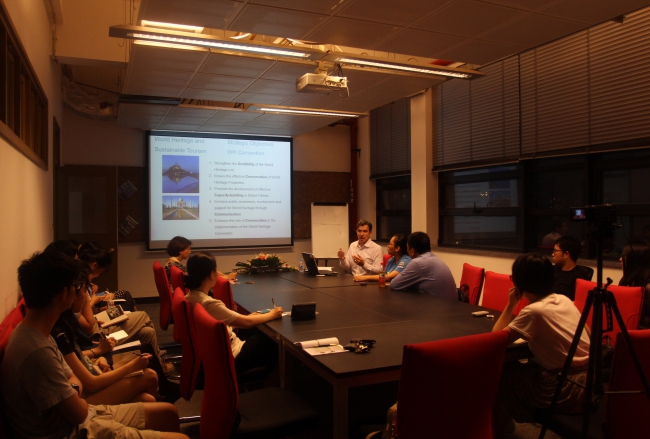
2. Heritabilization of China and Rethinking the Tourism Development
Zhang Chaozhi
Professor– Sun Yat-Sen University Tourism School
Professor Zhang Chaozhi first described his understanding of concepts related to “heritage,” which he considers to be the result of putting the past in the context of the present. Its value, thus, can only be determined by the people living today and our interpretation of “heritage.” Only the things toward which we pour our passion and utmost attention can accumulate value and become a “resource.” In fact, we treat resources as resources and we define things of the past as “heritage,” thus resulting in the achievement of mainstream recognition through various thoughts and through a multi-player game.
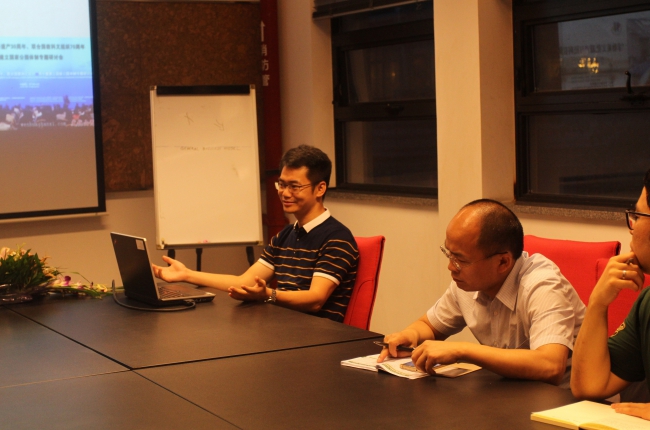
Professor Zhang uses the Kaiping watchtowers as an example to illustrate how changes in heritage valuation impacts the recognition of cultural heritage sites. The Kaiping watchtowers are not merely examples of architecture – as a result of the “Exclusion Act,” they also serve as a historical record of Chinese labor. In addition, they provide source material from which Chinese artisans can study foreign architecture and gain an in-depth understanding of how these buildings were constructed. These towers demonstrate that China’s rural population initiated efforts to accept Western architecture and pursue globalization, thus signifying that these watchtowers have irreplaceable historical significance and cultural value. Based on this evidence, Kaiping watchtowers should be added to the “World Heritage List,” becoming the first, overseas Chinese cultural heritage site of the World Heritage Project. Professor Zhang also uses the couplet in Yueyang Tower in order to describe the importance of heritage awareness. This couplet is a record written by the literati, describing how Yueyang Tower was built at the right time and place, turning it from merely a “place” into a “space”. The “spirit” of this “space” is the value recognized by the writer of the couplet, advocating that both he and followers form a cultural awareness and responsibility toward heritage. Therefore, when it comes to heritage protection and development issues, our understanding of the value of heritage is essential. This understanding will directly determine the attitudes we hold, the type of action we take, the responsibilities we bear. Do we treat heritage as something worth displaying in a museum or do we replace it in accordance with changing trends? This is the main issue addressed by Professor Pedersen’s lecture: how we find a compromise between our changing values and the unchanging importance of heritage.
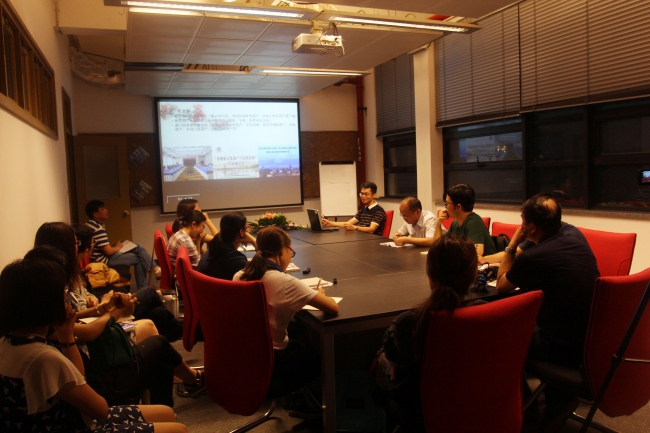
Professor Zhang points out that the process by which we recognize the value of heritage is a competition among different social groups, constantly interpreted and given meaning until, according to dominant discourse, it finally embodies an understanding of the past. The social groups involved include the government, the developer, local residents, experts, scholars and artists. Differences in values between groups lead to differences in perception of heritage values, thus producing controversy. Dominant discourse needs to reconcile the contradictions between so many groups– it is necessary to increase education and public awareness so that the outstanding universal values of heritage can be fully known and understood. It is also necessary to consider the social regulation and economic guidance of residents in order to prevent cultural heritage sites from becoming mere tourist destinations. As mentioned in the Barra Charter, protection should be based in respect and proper utilization of resources– prudent use of resources can be considered a form of protection.
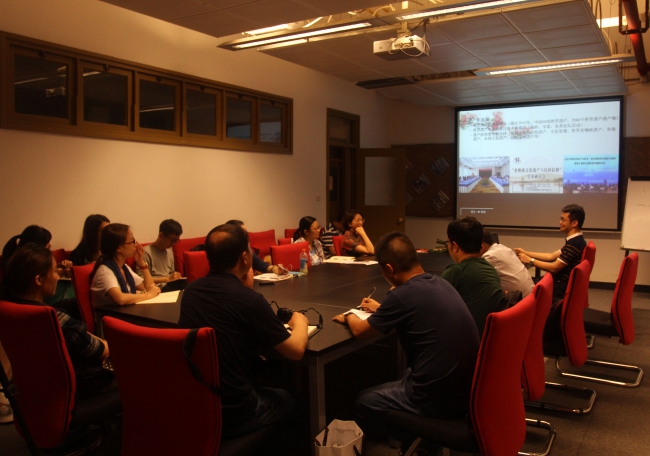
Former World Heritage Center project officer, World Heritage travel consultant.
Throughout the lecture, Professor Art Pedersen inspired audience members with a picture presentation and series of questions. First, he asked the audience how they felt about a series of photos of different situations. They responded with different answers and preferences, leading to the main point of the presentation– that one’s judgement should come from the inside rather than the outside. Professor Pedersen does not want to tell his audience how to think. Instead, he wants audience members to form their own opinions through active discussion, as he believes that the “countermeasures of subjectivity” are more reliable and meaningful than the “rules of objectivity.”
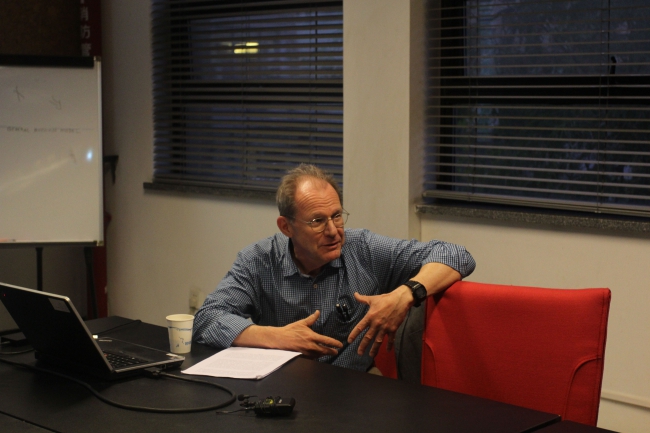
Professor Art Pedersen points out that people often seek technical answers when faced with complex travel problems and expect clear, informative strategies and principles. He often encounters situations where people avoid thinking about non-technical solutions when dealing with conflicts of protection and development. They can address these complex travel problems by applying the countermeasures he created for UNESCO to the difficulties they face in their own lives, but not every model is universally applicable. Instead, each specific solution is dependent on the social, political, economic and cultural contexts of the issue at hand. When issues are approached in such a way, the established management objectives may be different from the current issue. There is no simple and direct answer– only a number of strategies based in the notion of what we “should do,” rather than a framework on how to solve real-life problems. Only when we are clear on what we think, what we want, and what we consider important, can we start to build a “value map”; and only from this map can we find a solution to our problems, along with examples that can help us understand how to bridge the divide between “objective principles” and “subjective countermeasures”.
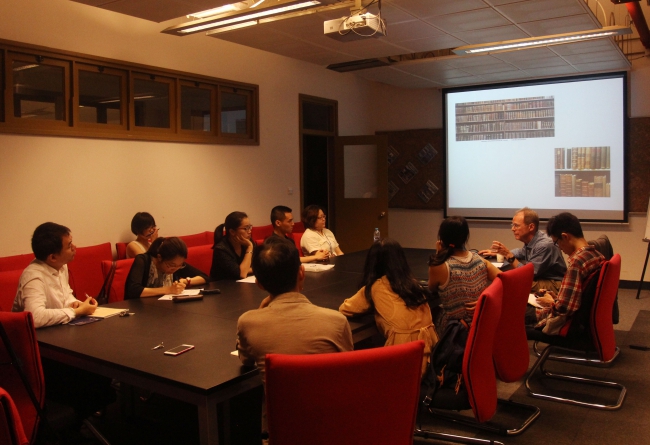
In areas such as designing paths based on visiting information of cellphone apps, technological solutions can facilitate visitor convenience while aiding in the creation of low-impact infrastructure. However, when dealing with visitor management and development issues, technical solutions and rational analysis alone cannot effectively manage real-world demand. As a result, in terms of management strategy, the capacity concept (ROS, LAC and VERP) has been developed to address the overuse of environmental resources. This new management strategy no longer uses specific numbers to denote environmental limits. Instead, limits are determined through the synthesis of actual situations from various areas and consideration for environmental capacity. In addition, this strategy aims for real-time, environmental monitoring and protection instead of just observing changes in survey records.
